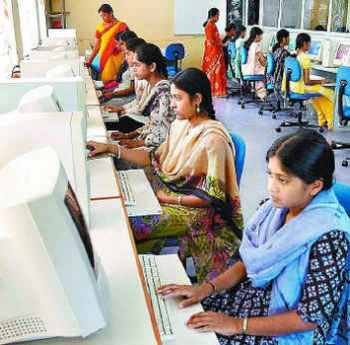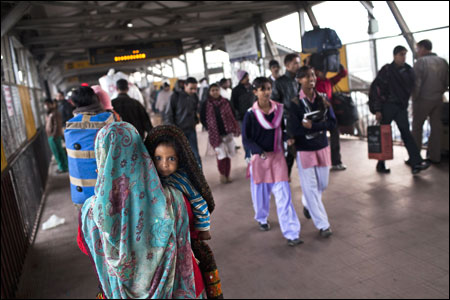 | « Back to article | Print this article |
More women now in the driver's seat in car market
In 2000, it was an out and out man's world, with women accounting for just three per cent of the ownership of cars.
Korean car maker Hyundai wanted to change that and launched Tulip Club, aimed at women car owners.
But Tulip withered soon enough because of poor response, as the handful of women car owners were uncomfortable with sharing their identity and residential address.
Click NEXT to read further. . .
More women now in the driver's seat in car market
It's been a 'she change' since then.
That's because 14 per cent of those who drive a car are women, nearly double the share just five years ago.
Even on the basis of registration, the share of women has increased from three per cent in 2001 to nine per cent, reflecting the growing number of working, independent women across the country.
Click NEXT to read further. . .
More women now in the driver's seat in car market
Shashank Srivastava, chief general manager (sales & marketing), Maruti Suzuki, said because of their more hectic lifestyle, the requirement to own or drive a vehicle had gone up among women.
Besides, a lot more people were living in suburban areas, from where they had to commute long distances to the nearest school or their place of work.
There were also women in nuclear families needing vehicles for doing multiple jobs, he added.
These were among several facts that emerged from data collected from Maruti Suzuki, other leading companies and independent industry studies.
Click NEXT to read further. . .
More women now in the driver's seat in car market
So, what else are the key changes?
Here's one: Despite fuel price hikes, car owners are driving much more than they did five years ago.
That, said automobile entrepreneur B V R Subbu, former president of Hyundai Motor India, who tried to push Tulip Club, was an outcome of the increasing growth of suburbs, better roads in rural areas and increasing incomes.
More people are taking 'motoring holidays' compared to a few years ago, when they would take a train.
Also, with the age of first-time buyers going down and salaries going up much faster than the increase in car prices, one trend is irreversible: consumers are moving towards bigger and premium cars.
Click NEXT to read further. . .
More women now in the driver's seat in car market
R C Bhargava, chairman of Maruti Suzuki, said while car prices had been going up by at an average two per cent annually, annual increments had been 10-12 per cent on average.
Entry-level salaries, too, had been going up 40 to 50 per cent in the past five years, prompting people to skip segments and move towards premium models, Bhargava said.
That, he said, was clearly reflective in the fall in Maruti 800 sales as well as the problems Tata Motors had in selling the Nano.
"The younger first-time buyer is looking for social status, which they may not find in entry-level models," added Bhargava.
Trends in car sales justify this view. According to Society of Indian Automobile
Click NEXT to read further. . .
More women now in the driver's seat in car market
Manufacturers figures, sales in the mini segment (length up to 3,600 mm, with engine displacement up to one litre, including entry-level models such as Alto, WagonR, M800, A-Star, Santro, Eon and SPARK) declined seven per cent in 2011-12 over the previous year.
But, volumes in the premium hatchback category went up by 2.6 per cent. And, sales of entry- and mid-size sedans increased 24 per cent.
The large base of existing customers who want to upgrade has also been going up sharply.
S Sandilya, president, SIAM, said the rising interest rates could have somewhat deterred the first-time buyer, but there was a large base of people looking to upgrade their vehicles.
Click NEXT to read further. . .
More women now in the driver's seat in car market
There are around 15 million people who own vehicles in the country, of which around 10 million are looking at switching to a better car.
The other key trend has been the increase of rural share in the car market, fuelled by the financial crisis in 2008-09.
Since the slowdown effect was felt more in urban areas, many companies with small cars in their portfolio shifted focus for the first time to tap this market.
So, suddenly, touch points in rural India increased dramatically.
Click NEXT to read further. . .
More women now in the driver's seat in car market
"With the government supporting growth in the agricultural sector through NREGA and higher procurement prices and the hike in land prices, rural consumers were using their surplus income for buying goods that could give them a certain status," said Bhargava.
Rural sales now account for a quarter of Maruti Suzuki's total sales compared to a mere five per cent in 2007.
Things, however, haven't changed much in some areas.
For example, white continues to be the preferred colour.
In fact, its share is increasing.
Though the number of years after which a car is replaced is going down, the pace of change is rather slow -- from six to seven years in 2007 to around five years now.








